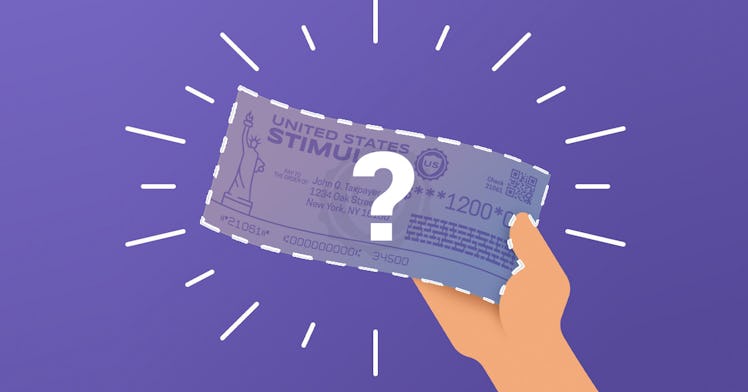IRS Payment Trace: What to Do If Your Stimulus Is Missing
Did you get told your stimulus was on the way, but you still haven't received it?

If you still haven’t received your third, $1,400 stimulus check from the IRS yet, despite qualifying for the money and receiving a message that it was on the way, don’t lose hope yet.
(And if you haven’t gotten that message, millions of payments are still going out across the country, including many millions more this weekend, meaning that even if you haven’t received it yet, you very well could soon.)
But what happens if you never get the money you’re owed, despite getting a message that it’s on the way?
An IRS tool called Payment Trace may help you get the money you deserve without having to wait until next year’s tax season to file a Recovery Rebate Credit to get the $1,400 owed to you. Here’s what to know about the tool, how to know if it’s right for you to use, and how to use it, and what happens after you do.
Who Can Use The Payment Trace Tool?
The Payment Trace tool is simple. The tool helps people who qualify for their stimulus checks and have gotten notice that their payment is on the way but haven’t yet received it.
The tool should only be used when it’s been more than five days after the payment date was noted in the IRS ‘Get My Payment’ tool. And, the IRS notes that you should check with your bank before you utilize the tool to make sure that they don’t have your money.
For mailed payments — i.e. payments that are not a direct deposit — you will have to wait four weeks since the payment was mailed out, or six weeks if you have a mail forwarding address on file, and nine weeks if your address is foreign.
For people who qualify for the stimulus check but still haven’t had their information updated on the IRS website (i.e. if you receive a ‘Payment Status Not Available’ message), the Payment Trace tool will not be helpful. But for people who should have gotten it — but still haven’t — it’s valuable.
How Do You Use The Payment Trace Tool?
The tool can be used in one of two ways: by calling the IRS at their specific Economic Income Payments questions hotline (800-919-9835) or by completing and faxing Form 3911, otherwise known as the Taxpayer Statement Regarding Refund.
To fill out the form, you have to:
- write “EIP3” at the top of the form (that means Economic Impact Payment 3.)
- Answer all of the questions
- For Section 1, Item 7, write “Individual” as the type of return
- Enter “2021” for the tax period”
- And leave “date filed” blank
Yeah, it’s complicated, but it’s the IRS. Only do one or the other. Do not do both.
What Happens After You Use The ‘Payment Trace’ Tool?
The IRS will find your money! According to NJ.com, this will happen in one of two ways: if the check was never cashed, you will get issued a new one. If the check was cashed, then you have to get a claim from the Treasury Department’s Bureau of the Fiscal Service, which you have to fill out. The agency will then review whether or not a new payment can be issued.
Keep in mind that the IRS is absolutely swamped at the moment and has also been tasked with creating a portal for monthly payments for American families with kids, so it might take longer than you want it to (see: more than six weeks) for you to get your stimulus checks, even after using the tool. But you will at least figure out where it is and what happened to it, eventually.
This article was originally published on